Understanding the Benefits of Two-Piece Forged Wheels in Performance Cars
How Two-Piece Forged Wheels Are Engineered for Performance
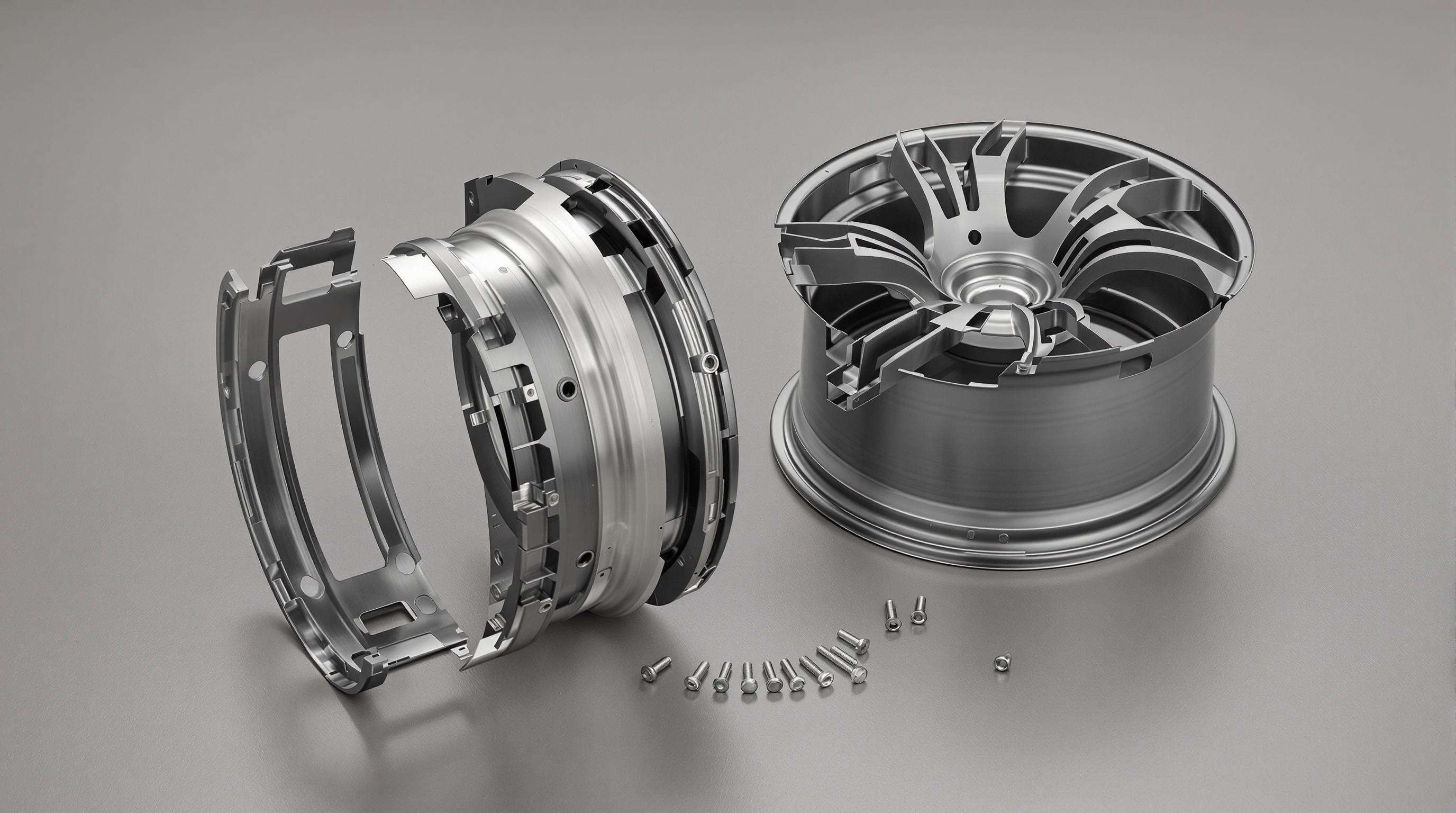
Anatomy of Two-Piece Forged Wheels: Center Section and Removable Barrel
Two piece forged wheels have two main parts: a forged aluminum center part and a separate barrel usually made from some kind of lightweight alloy material. The center contains all those spokes plus where the wheel mounts onto the hub, designed so it can handle forces going through the suspension system properly. Then there's the barrel itself that holds the tire bead in place. Manufacturers roll this part with great care to keep everything strong even when side forces hit the wheel during turns or cornering. What makes these wheels special though is their modular setup. If something happens to damage just one part, mechanics can replace only what needs fixing instead of buying an entirely new wheel. For people who drive off road or put serious miles on their vehicles, this saves money over time. Some estimates suggest owners might save around 40 percent on replacement costs compared to traditional single piece wheels.
Forged Aluminum Alloys and Their Role in Strength, Durability, and Weight Reduction
When 6061-T6 aluminum gets forged at pressures exceeding 10,000 psi, it actually compresses the grain structure inside the metal. This results in a roughly 30% boost in tensile strength compared to regular cast wheels. What this means for actual wheel design is that manufacturers can create much thinner spokes, sometimes as narrow as 3mm across, while still maintaining structural integrity. The end result? Each wheel loses around 15 to 20% of its rotational weight. Lab tests from third party sources have shown these forged wheels can handle nearly three times the amount of repeated stress before they finally fail. For anyone who drives aggressively or frequently hits curbs and needs to stop suddenly, this makes a huge difference in how well the wheels hold up over time.
Precision Assembly and Structural Integrity in Two-Piece Designs
Titanium fasteners rated for aircraft applications hold everything together, securing both the center and barrel through precise 360 degree bolt patterns that spread weight evenly across the wheel. Engineers run simulations using finite element analysis to test how these components handle forces during sharp turns at 2.5G loads. Meanwhile, special silicone seals have been put through rigorous pressure tests to stop air from escaping even when temps hit over 300 degrees Fahrenheit. All this careful engineering means the finished product stays straight and stable at highway speeds reaching 220 miles per hour. We're talking about wheels that tip the scales at just 22 to 26 pounds total, making them roughly 35 percent lighter compared to similar cast versions on the market today.
Performance Advantages of Lightweight Two-Piece Forged Wheels
Reducing Unsprung Mass: Impact on Acceleration, Braking, and Handling
By reducing rotational mass by 20–30% compared to cast wheels, two-piece forged designs deliver measurable performance gains. A 15% reduction in unsprung weight improves 60–0 mph braking distances by 1.2 car lengths and increases lateral grip by 4.2% in skidpad tests—differences that are critical in competitive motorsport environments.
Improved Suspension Response and Vehicle Dynamics with Forged Wheel Lightweighting
Lower rotational inertia allows suspension systems to maintain 18% better tire contact on uneven surfaces. This enhances transient response during rapid maneuvers, delivering a 0.08g improvement in handling agility. The wheels follow road contours more accurately, improving both control and ride quality without compromising structural strength.
Weight Distribution Optimization and Real-World Performance Gains
The reduced mass of forged wheels lowers a vehicle’s center of gravity by 12–15mm. In track-focused sports cars, this contributes to 0.4-second reductions in lap times and improves tire wear consistency by 19%, offering a strategic advantage in endurance racing and high-performance street driving.
Forged vs. Cast Wheels: Why Material Science Matters in Performance Applications
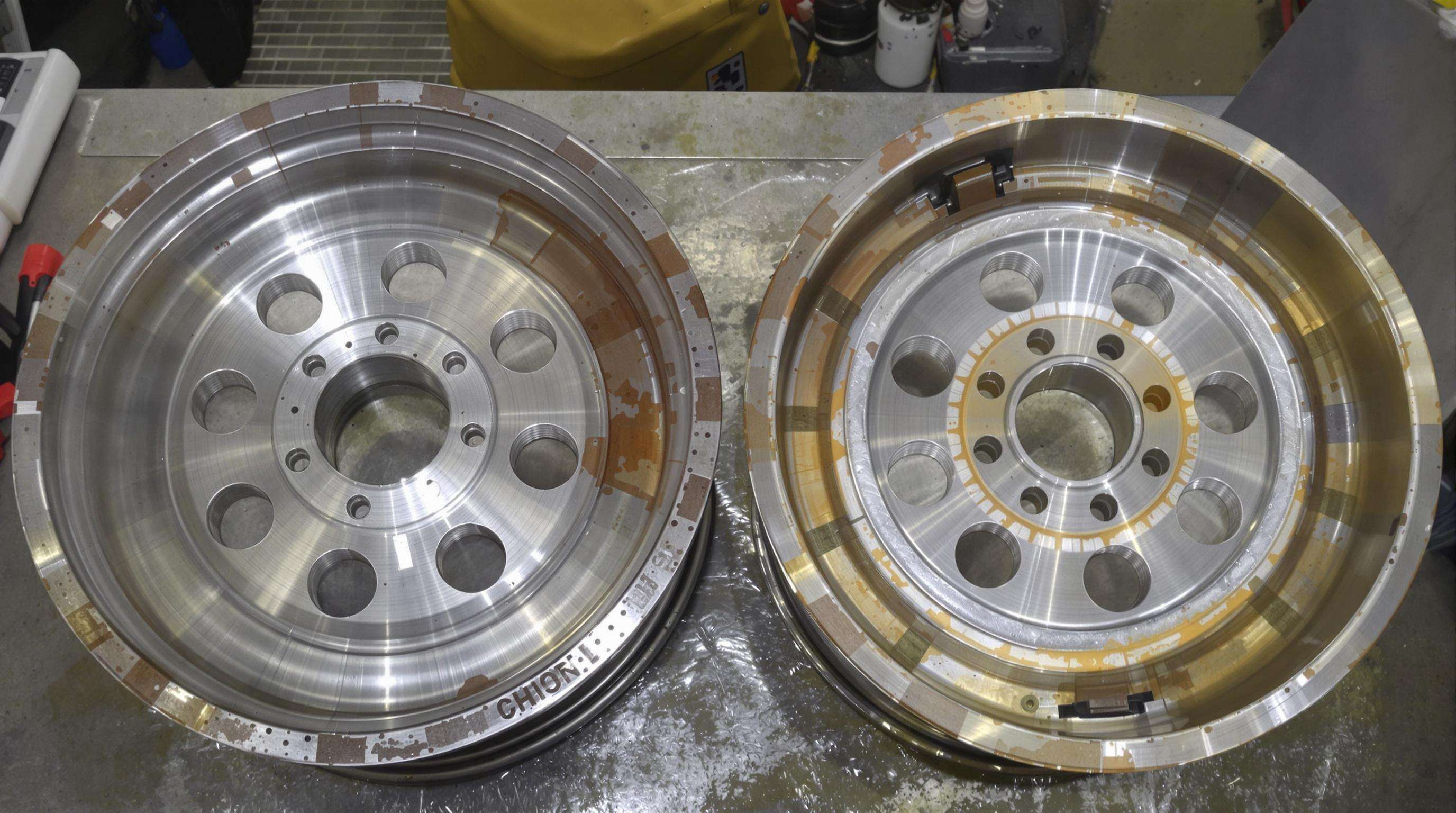
Forged vs. cast aluminum: strength, density, and fatigue resistance compared
When manufacturing forged wheels, manufacturers take solid aluminum billets and apply massive pressure to compress them while aligning the grain structure for enhanced durability. The end result? A material that's roughly 20 to maybe even 30 percent denser compared to cast wheels. Cast wheels get made by pouring hot aluminum into molds, but this method often leaves behind tiny air pockets or voids in the metal. Forged wheels typically offer around 15-18% better strength relative to their weight, plus they tend to last about three times longer before showing signs of fatigue cracks during stress tests according to a study from Metallurgical Engineering Review back in 2023. All these factors make forged wheels particularly good choices for situations involving sharp turns at high speeds or repeated exposure to temperature changes.
Long-term durability and stress resilience of forged wheel construction
Forged aluminum has this continuous grain structure that really holds up against bending and cracking compared to what we see in cast versions. When put through impact testing, these forged wheels can take about 2.5 times as many curb hits before showing any serious damage. Racing teams have noticed something interesting too - they're seeing around 80 percent fewer problems with wheels during long races. Mechanics from several teams actually point to the forged construction as the reason their cars stay balanced and structurally sound even after hundreds of laps where the wheels are constantly being pushed to their limits.
Are forged wheels worth the premium over high-end cast alternatives?
Forged wheels definitely come with a higher price tag, usually around 50 to 70 percent more than those top quality cast wheels, but serious drivers know they're worth every penny because these wheels last longer and perform better. People who race on tracks report that their service intervals stretch out about 40% longer compared to regular wheels. Professional racing teams also notice something interesting happening with their lap times becoming much more consistent when using forged wheels. On the road, especially for those driving supercars, taking off anywhere from 8 to 12 pounds per wheel makes a real difference in how responsive the car feels and actually improves safety too. And here's the kicker nobody mentions often enough: this weight savings doesn't mean the wheels fall apart after a few months like some cheaper alternatives do.
Customization Capabilities of Two-Piece Forged Wheel Systems
Modular Design Benefits: Interchangeability of Barrel Widths, Offsets, and Finishes
With a two piece setup that splits the center from the barrel, folks get to tweak things separately. Width ranges from 8 inches all the way up to over 13 inches, while offset adjustments cover plus or minus 15mm. Finish options are there too. All this means racers can really fine tune their wheels for specific tracks, clear those brakes properly, and get just right suspension angles. Many gear heads love mixing anodized centers with shiny polished barrels because it looks so good on the car. Motorsport teams actually do this quite often - about 72 percent according to Performance Wheels Research back in 2023. Makes sense when they want their brand colors standing out at the races.
Tailoring Fitment and Aesthetics for High-Performance Street and Track Vehicles
Two-piece forged wheels offer both functional and aesthetic adaptability. Tuners can configure:
- Street setups: Concave profiles with brushed titanium finishes for luxury sport sedans
- Track configurations: Flat-faced centers and beadlock-ready barrels for circuit racing
- Hybrid builds: Anti-corrosion coatings and color-matched hardware for all-weather supercars
This versatility delivers a 34% weight reduction over comparable cast systems while providing 20% greater lateral stiffness (SAE Technical Paper 2022). The ability to replace only the barrel after damage—rather than the entire wheel—cuts long-term costs by an estimated 40%, especially beneficial for drivers switching between seasonal tires.
Real-World Applications: Two-Piece Forged Wheels in Motorsport and Supercars
Use of forged wheels in GT3, endurance racing, and professional motorsport
In GT3 racing and endurance events like the famous 24 Hours of Le Mans, two piece forged wheels have become pretty much standard equipment these days. These wheels handle the brutal cornering forces and stay strong even when temperatures inside the wheel wells get absolutely scorching during long races. The way they're built lets race teams switch out just the barrel part of the wheel between events, which saves tons of time in the garage. Mechanics can spend less time fixing damaged wheels and more time fine tuning setups for each unique track layout. A recent study published by SAE International back in 2023 found something interesting too. Teams that switched to these two piece designs saw their pit stop issues drop by around 63 percent compared to old school one piece wheels. That kind of reliability makes all the difference when every second counts on the racetrack.
Case study: Performance gains in track-focused vehicles using two-piece forged wheels
During tests at the famous Nürburgring circuit, engineers noticed something interesting when they swapped out regular wheels for two-piece forged ones on their prototype sports car. The lap times actually dropped by almost 1.7 seconds per lap! This happened because the new wheels cut down rotational mass by around 22%, which makes all the difference in handling and speed. What's really cool about forged aluminum is how it conducts heat so well. When drivers slammed on the brakes repeatedly during those intense test sessions, the brake fluid stayed liquid instead of turning into vapor. That meant the brake pedal remained firm and predictable even after completing ten straight hot laps without letting up. Pretty impressive stuff for anyone who cares about performance driving.
Growing adoption in street-legal supercars and high-performance road vehicles
JATO Dynamics reports that around 78 percent of supercars built in 2024 come from the factory with two piece forged wheels as standard equipment. These wheels can handle wider tires these days without messing with the suspension setup, which makes them pretty much perfect for performance oriented street machines. Real world testing shows drivers experience somewhere between an 8 to 12 percent boost in how quickly their cars respond when transitioning through corners in actual canyon driving situations. This basically proves what many have suspected all along motor racing tech actually works wonders even when driven on regular streets.
FAQ
What are the main components of two-piece forged wheels?
Two-piece forged wheels consist of a forged aluminum center and a separate lightweight alloy barrel.
How do two-piece forged wheels perform compared to cast wheels?
Two-piece forged wheels offer enhanced strength, durability, and weight reduction compared to cast wheels, making them ideal for high-performance applications.
What are the customization options for two-piece forged wheels?
They offer options like modular designs, interchangeable barrel widths, offsets, and finishes, making them customizable for various performance needs.
Recommended Products
 Hot News
Hot News
-
Forged Carbon Products
2024-05-21
-
Forged Off-Road Accessories
2024-05-21
-
GVICHN Introduces Revolutionary Forged Two-Piece Product
2024-05-21


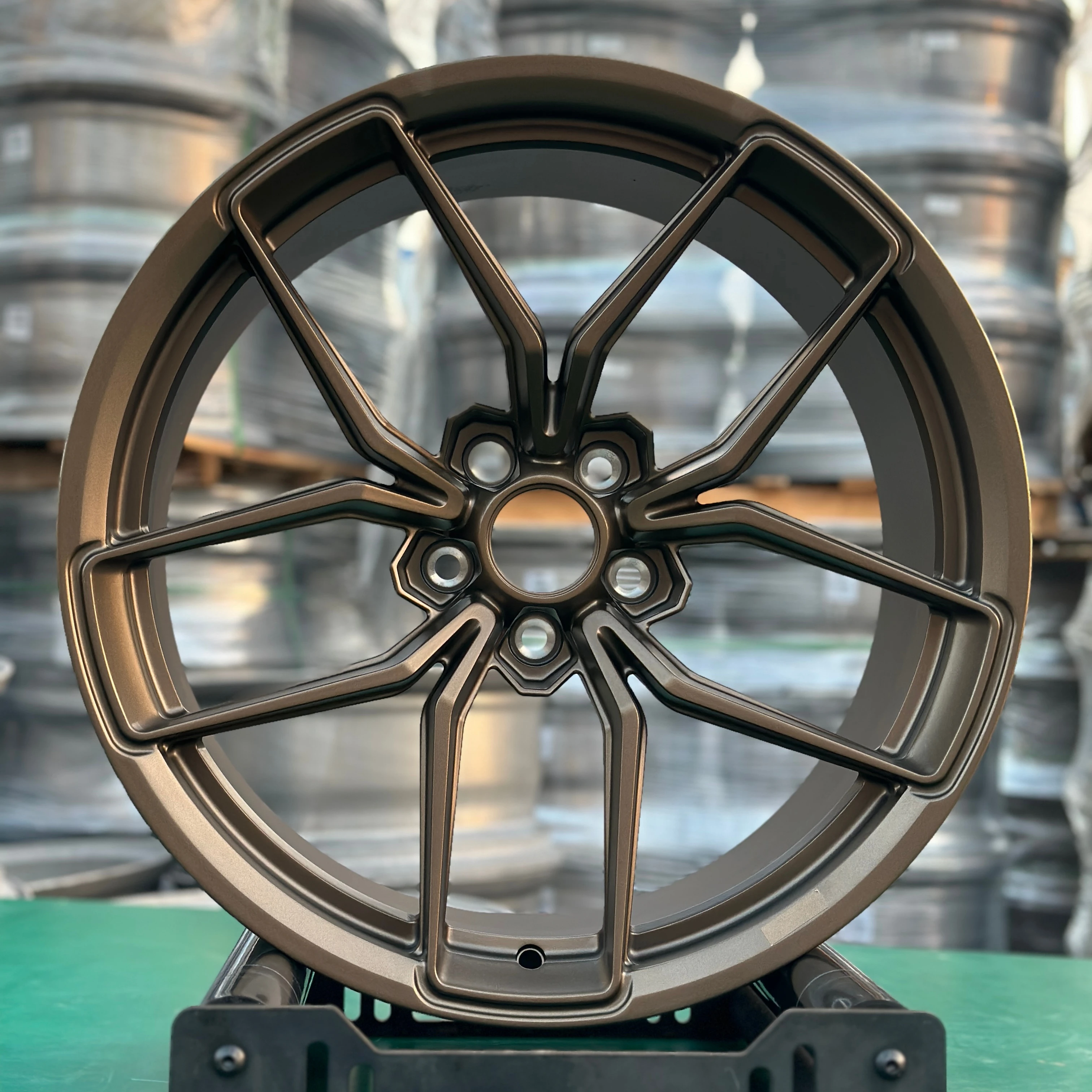
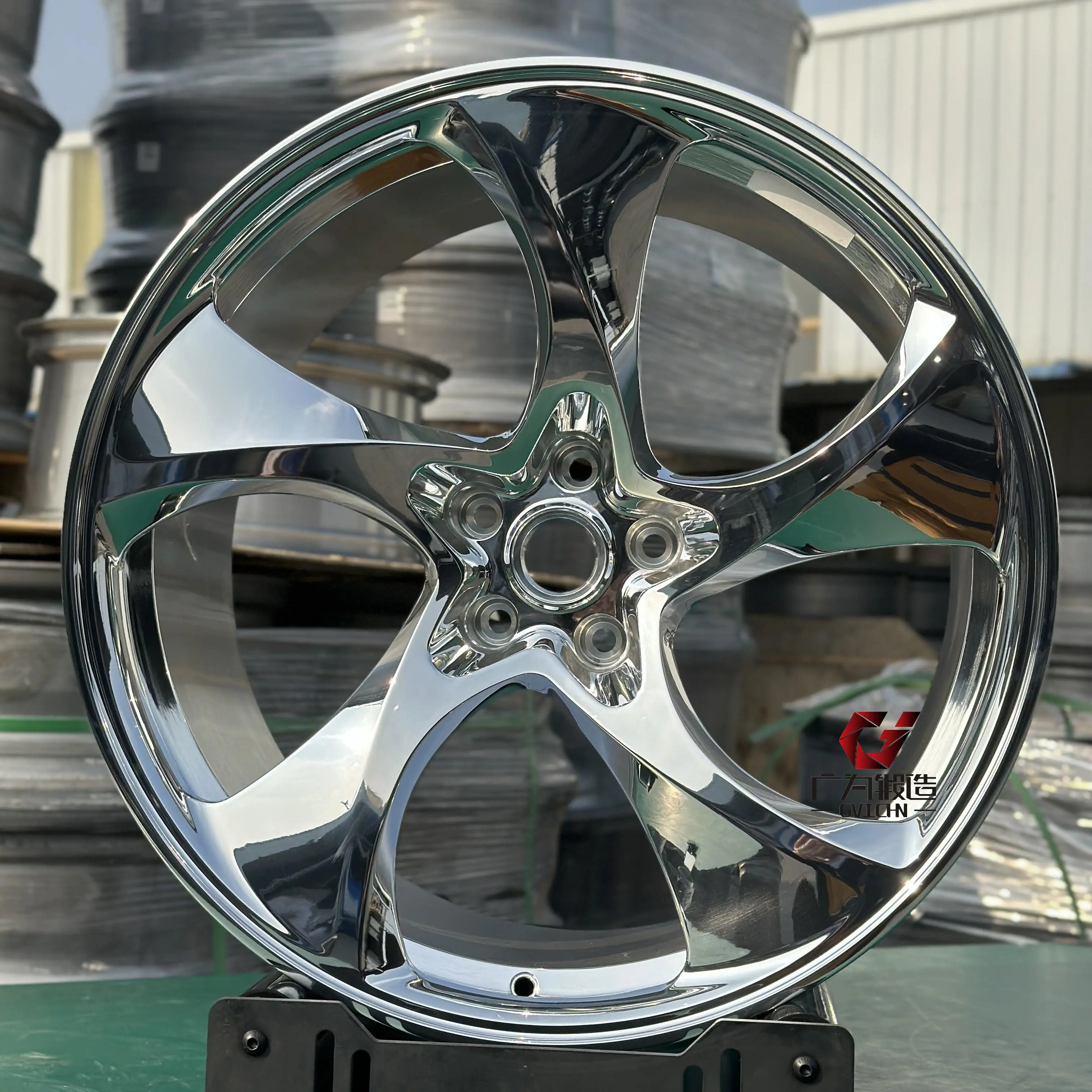

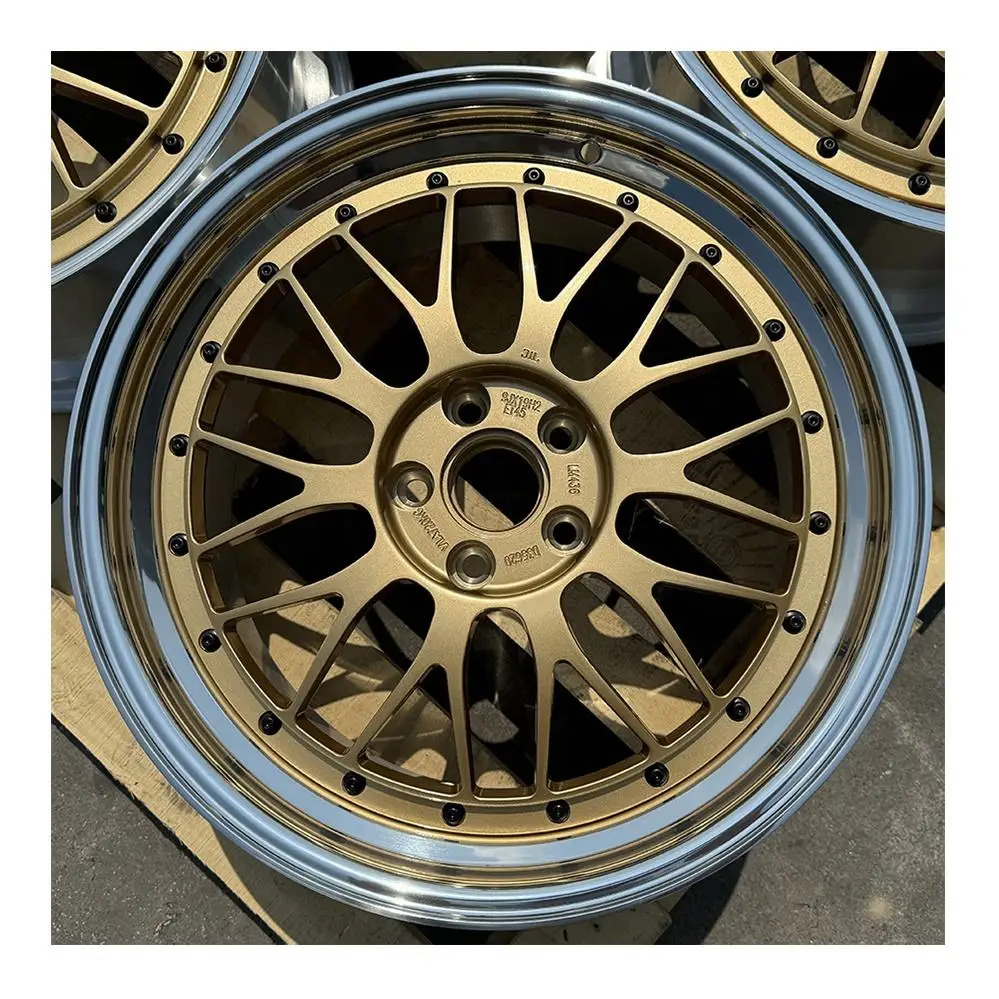
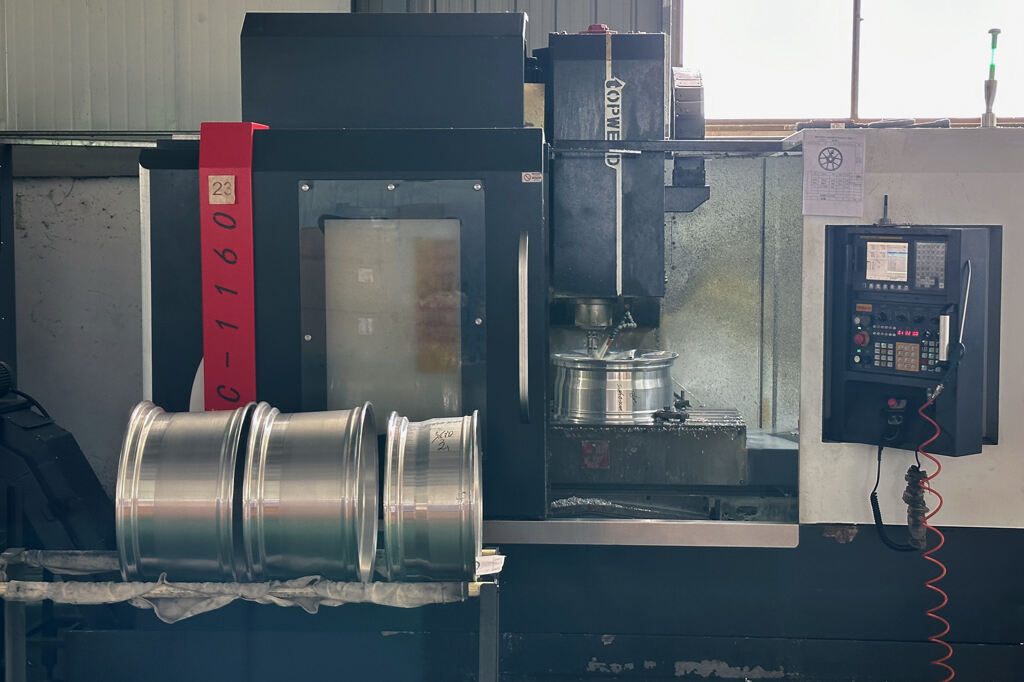
 ONLINE
ONLINE